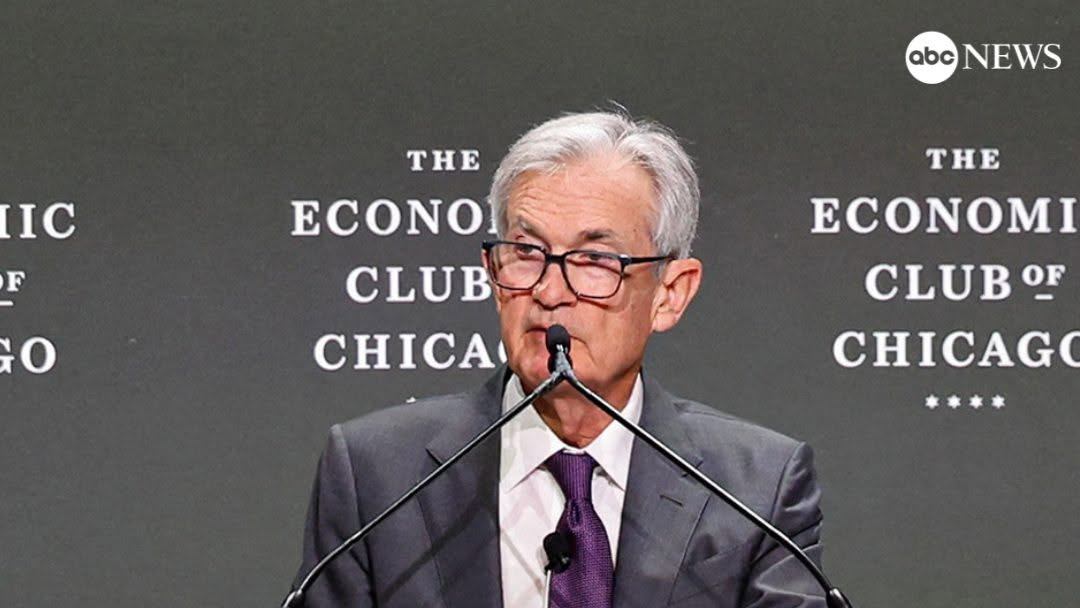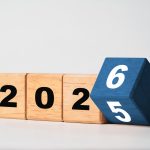Who Controls America’s Money? The Power and Politics of the Fed
The Federal Reserve, the central bank of the United States, is one of the most powerful financial institutions in the world, yet its workings are often opaque to the public. Controlling trillions of dollars in assets, influencing credit, capital markets, and economic growth, the Fed shapes the U.S. economy in profound ways. The recent firing of Fed Governor Lisa Cook by President Donald Trump has brought these powers and the Fed’s independence into sharp focus, raising urgent questions for investors, businesses, and policymakers alike {1}.
This article explains the Fed’s role, who controls it, how much money it manages, and the risks posed when politics intersect with monetary policy.
How Powerful Is the U.S. Federal Reserve?
The Fed wields extraordinary influence over the U.S. economy and global financial markets. Its powers extend far beyond adjusting interest rates:
-
Interest Rate Policy: Through the Federal Open Market Committee (FOMC), the Fed sets short-term interest rates, affecting mortgages, business loans, and consumer credit.
-
Money Supply Management: The Fed controls liquidity, injecting or withdrawing capital to maintain economic stability.
-
Bank Regulation: It supervises major U.S. financial institutions, ensuring confidence in the banking system.
-
Crisis Management: During emergencies like the 2008 financial crisis or COVID-19 recession, the Fed provides trillions in emergency funding to stabilize markets {2}.
This level of influence means the Fed can accelerate growth, temper inflation, or respond to systemic risks—making it central to both macroeconomic stability and business planning.
How Much Money Is in the U.S. Federal Reserve?
The Fed manages the U.S. monetary base rather than a traditional cash reserve. As of 2024, the Fed’s balance sheet stood at roughly $7.5 trillion in assets, including government securities, mortgage-backed securities, and emergency lending programs {3}.
In addition, the Fed oversees approximately $2 trillion in reserves held by commercial banks. This control over liquidity allows the Fed to influence credit availability, market interest rates, and even the value of the U.S. dollar globally. To put it in perspective, the Fed’s balance sheet rivals the GDP of the world’s fourth-largest economy, Germany.
Who Is the Chair of the Federal Reserve?
The current Chair is Jerome Powell, appointed by Donald Trump in 2018 and reappointed by Joe Biden in 2021 {4}. Powell is widely regarded as pragmatic, balancing inflation control with support for employment and growth.
Powell gained prominence during the pandemic, when the Fed deployed unprecedented stimulus programs to stabilize markets and support the economy. He has also faced the challenge of managing high inflation through aggressive interest rate hikes, decisions with immediate implications for businesses and consumers alike.
While Powell is the public face of the Fed, major policy decisions are made collectively by the Board of Governors and the FOMC, ensuring a system of checks within the institution.
Who Controls the Federal Reserve?
The Fed’s governance is structured to balance independence with oversight:
-
Board of Governors: Seven members, appointed by the President and confirmed by the Senate, serve 14-year staggered terms to insulate them from short-term political pressures.
-
Regional Federal Reserve Banks: Twelve regional banks provide local economic insight and supervise commercial banks in their areas.
-
Chair and Vice Chair: Appointed for four-year terms, they guide policy but do not act unilaterally.
This decentralized structure ensures that no single individual or branch of government can dominate monetary policy, preserving the Fed’s credibility {2}.
Is There a Link Between the Fed and Politics?
Officially, the Fed operates independently. Yet politics inevitably play a role. Presidents nominate governors, and political pressure can influence policy indirectly, especially around interest rate decisions that affect elections or the economy.
The firing of Lisa Cook by President Trump exemplifies this tension {1}. While the Fed’s decisions are designed to be apolitical, a president’s power to appoint—or attempt to remove—governors introduces a real political dimension. Historical precedent shows presidents from Nixon to Trump have clashed with Fed chairs over policy, highlighting that independence, while legally protected, is not absolute {4}.
For businesses, investors, and consumers, these political dynamics translate into market volatility and uncertainty, emphasizing the importance of monitoring the Fed’s governance as closely as its monetary policy.
Why the Fed’s Independence Matters
Central bank independence is vital for economic stability. If policy were dictated by political motives, short-term decisions could undermine long-term growth or inflation control. Powell has consistently defended the Fed’s independence, emphasizing that effective monetary policy requires decisions based on economic data, not political pressures {4}.
The Lisa Cook episode illustrates the fragility of this independence, serving as a reminder that central bank credibility underpins investor confidence, financial stability, and global trust in U.S. markets.
Conclusion
The Federal Reserve is not just a regulatory body—it is the engine of U.S. monetary policy, influencing trillions of dollars, shaping business cycles, and determining financial market outcomes. Governors like Lisa Cook and Chair Jerome Powell play crucial roles in maintaining this balance.
However, political interventions like Cook’s firing pose serious questions about the Fed’s future independence. For businesses, investors, and policymakers, understanding the Fed’s structure, powers, and vulnerabilities is no longer optional—it is essential. The Fed’s credibility is as critical as its policy tools, and the stability of the U.S. economy may hinge on safeguarding that independence.
Related: What is The Fed’s Next Move
Sources
{1} CNN – Trump fires Fed Governor Lisa Cook in unprecedented move
{2} Federal Reserve – The Structure of the Federal Reserve System
{3} Reuters – Fed balance sheet shrinks but remains near $7.5 trillion
{4} Bloomberg – Powell defends Fed independence amid political pressure














